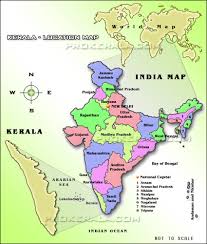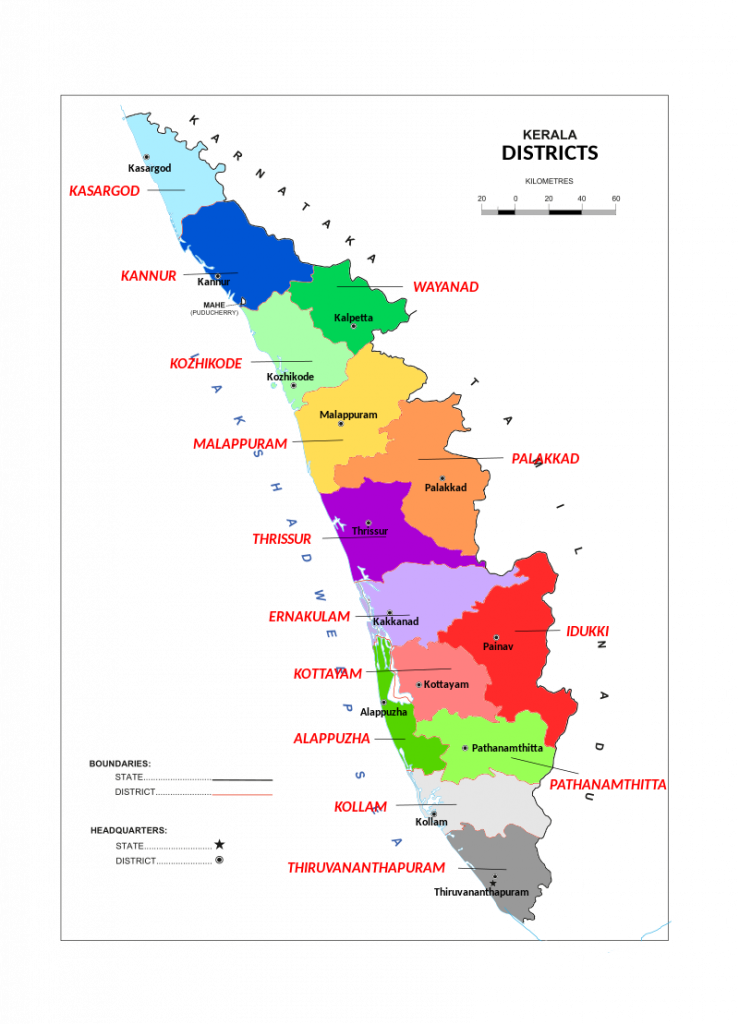Kerala.

The Next Big Thing in Kerala
Land of God is the next name of Kerala which is rich in landscape, it’s greenery tea estates, rich in pilgrimage centers and so may other important places.
It is a south western Malabar coast of India.It has got 14 districts.It has got highest literacy percentage in India i.e. 94%.
Kerala is also famous for terrace farming. It’s mother tongue is Malayalam.
Kerala’s capital is “Thiruvanantapuram” or Trivandrum. A very rich god “Shri Anantha Padmanabswamy‘s” temple is there to be seen.
Munnar is the famous hill station situated in Idukki district. Munnar weather is most liked by the people who traverse in Kerala state. Eravikulam National Park is the place where wild goats appear in lots of numbers. There is also beautiful scenery of tea estates.
Krishna’s famous temple at Guruvayur in Thrissur district is the pilgrimage center. Elephant’s training center where elephants are captured and trained.

The Indian state of Kerala borders with the states of Tamil Nadu on the south and east, Karnataka on the north and therefore the Lakshadweep Sea coastline on the west. Western Ghats form an almost continuous mountain wall, except near Palakkad where there's a natural pass referred to as the Palakkad Gap. Malabar remained under the Madras province. The state of Kerala is split into 14 revenue districts. On the idea of geographyical, historical and cultural similiarities the state's districts are generally grouped into three parts :- The North Kerala districts of Kasaragod, Kannur, Wayanad, Kozhikode, Malappuram; the Central Kerala districts of Palakkad, Thrissur, Ernakulam, Idukki; and therefore the South Kerala districts of Kottayam, Pathanamthitta, Alappuzha, Kollam, Thiruvananthapuram. , Central Travancore (Central Range) (Pathanamthitta, Alappuzha and Kottayam) and Southern Travancore (Southern Range) (Thiruvananthapuram and Kollam). . The districts in Kerala are often named after the most important town or city within the district..A number of the districts were renamed in 1990 from the anglicised names to their local names.



